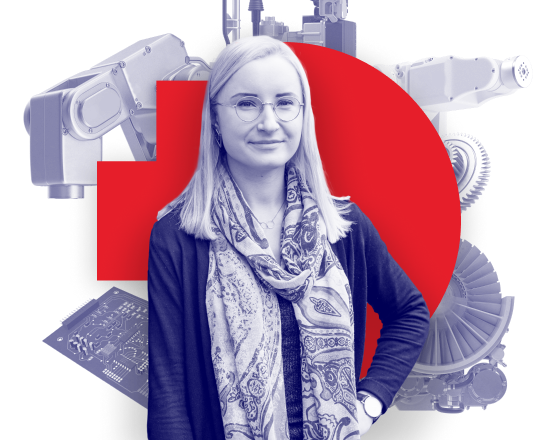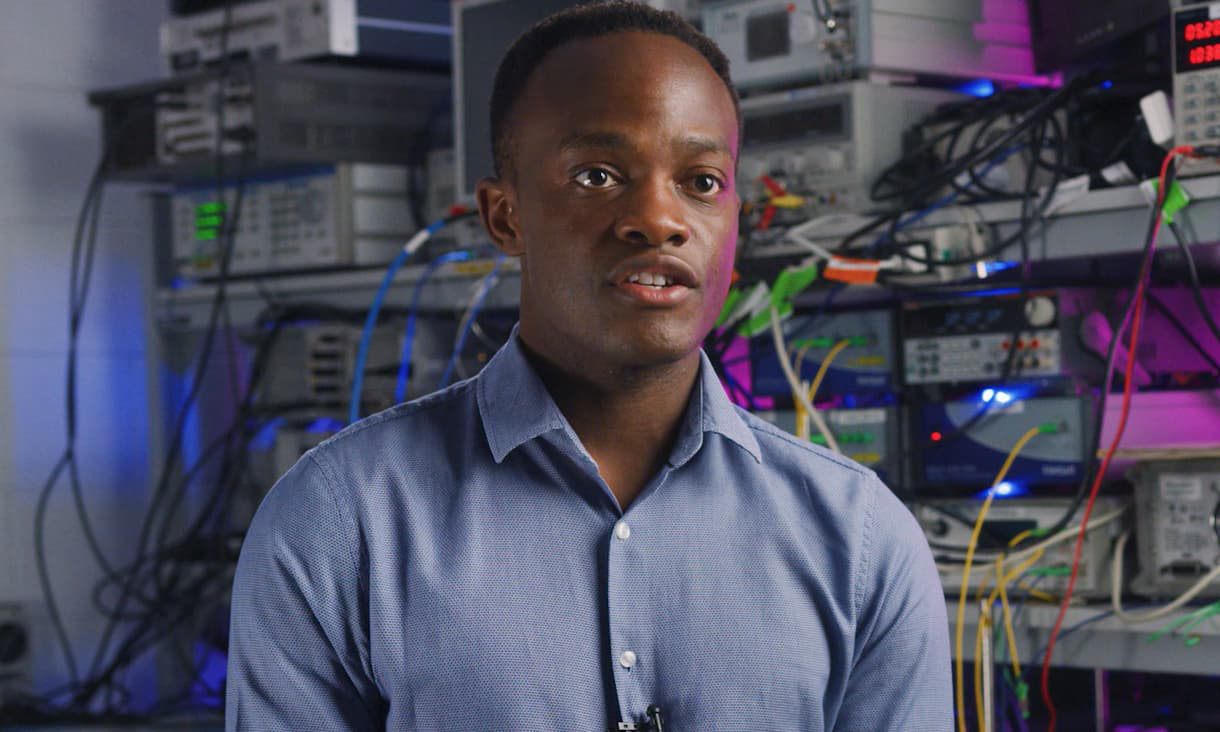In RMIT's Bachelor of Engineering (Electrical Engineering) (Honours), you'll learn the processes behind the production and distribution of electricity.
Electrical engineering at RMIT is about more than just learning the theories behind the discipline. It's about putting those theories into practice to solve problems. You’ll learn the skills necessary to make useful products and provide quality services by spending time on experiments in laboratory classes and designing projects.
In this professionally accredited degree, you’ll learn to design, develop and supervise the manufacture, installation, operation and maintenance of electrical systems. You’ll also work on systems for the generation, distribution, utilisation, and control of electric power, electronic and control systems used for various domestic and industrial applications.
You’ll develop high-level technical and design skills and focus on a specialist area such as energy conversion, power systems, renewable energy, high-voltage equipment and control engineering.
Work-integrated learning opportunities will provide you with real world experience. You’ll design creative solutions through inspiring and sustainable design-and-build projects, take part in the Engineers Without Borders Challenge, complete industry capstone projects and undertake work placements in Australia or overseas.





